A photographic journey to the ants of the Ecuadorian Chocó
Ecuador is one of the places with the highest biodiversity on Earth. Despite the country’s relatively small size, it encompasses a variety of diverse regions. Most notably is the Amazon to the West of the Andes, which has one of the highest ant diversities in the world. Yet, there is also a piece of evergreen tropical rainforest on the other
A Photoblog compilation by Phil Hoenle

The Chocó region is under enormous human pressure, with lots of forest being chopped down mainly to create space for oil palm plantations. Now, only a tiny fraction of it is left. The Chocó in Ecuador received surprisingly little scientific interest, despite of its very high biodiversity with many endemic species. Barely anyone ever collected ants in the northwestern tropical lowland.
This means there are lots of fascinating ants left to study for me and my colleagues! I am currently doing my
Here, I want to share some impressions of the coolest ants of the Canandé.
Typical habitat within the Canandé and its neighbouring reserve Tesoro Escondido.

Army ants
I want to begin with one of my favourite study subjects, the army ants. Fortunately, there are lots of them in the Canandé!
One steaming hot afternoon I watched a leafcutter ant nest of Acromyrmex being raided by Nomamyrmex esenbeckii right in front of the research station. Here, you can see the leafcutter ant defending itself –in this case unsuccessfully. Still, even the heavily armoured predators can get wounded, and the worker in the picture is already missing a part of its hind-leg.

One of the biggest highlights of the trip were the very few encounters with the predominantly subterranean Cheliomyrmex
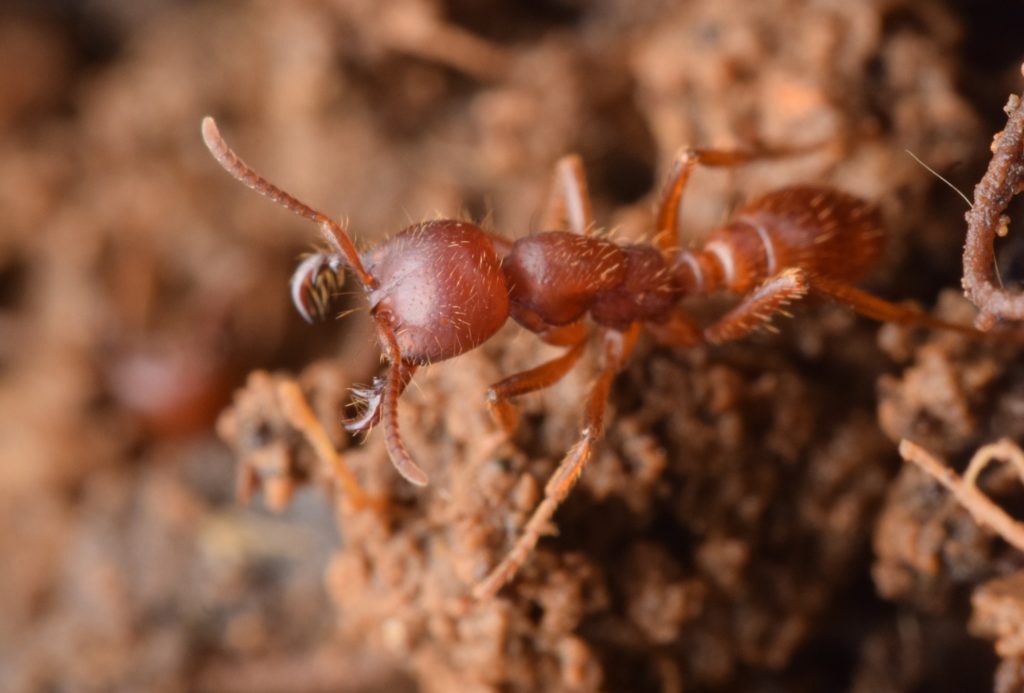
The tiny Neivamyrmex cf. asper is a leaf-litter raider. Neivamyrmex is the species-richest army ant genus in the Neotropics, but they are very seldomly observed, supposedly because they are smaller and have a more cryptic lifestyle than the other army ants.

The leaf-litter ant fauna
The leaf litter is probably the easiest habitat to assess in the forest, and harbours a large chunk of the total ant diversity in any tropical forest. Those ants are very diverse in their appearance, and some are really good at hiding; many of them move very slowly and are tiny, which makes them hard to spot. I therefore often rely on Winkler leaf-litter extractions to find and photograph them.
This is Cyphomyrmex costatus, a small fungus-farming ant. Their fungus has typical mycelia.
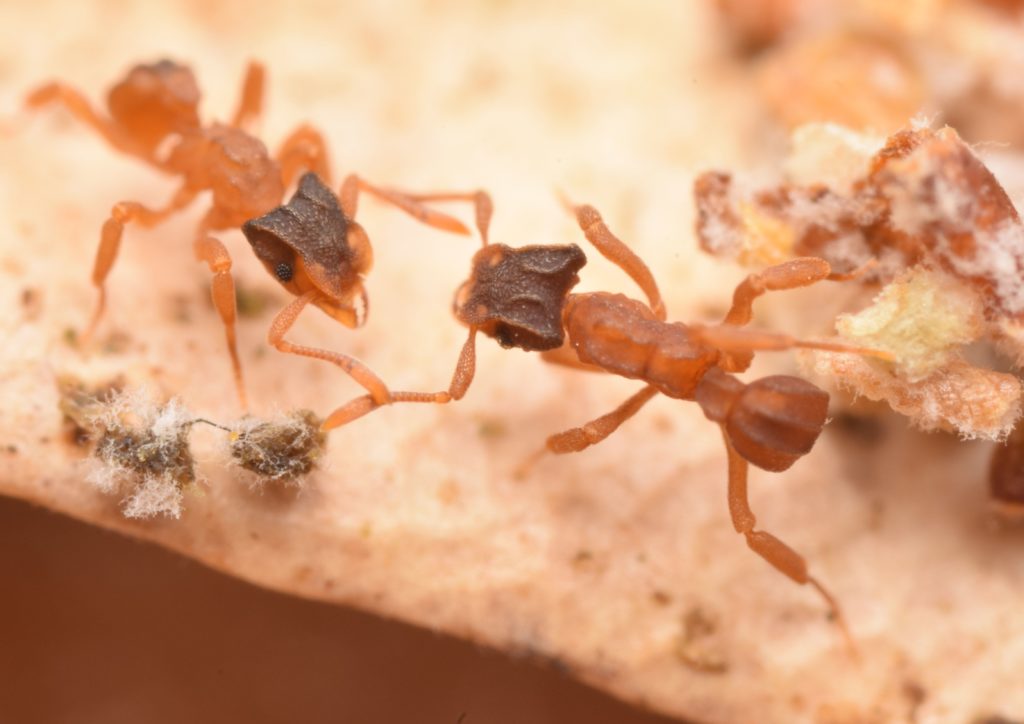
Cyphomyrmex cornutus, on the other hand, grows yeast fungus. Notice that the yeast pebbles are stacked on top of a beetle elytron, which can be found in basically all nests of this species.
These are the impressive trap-jaws of Acanthognathus!
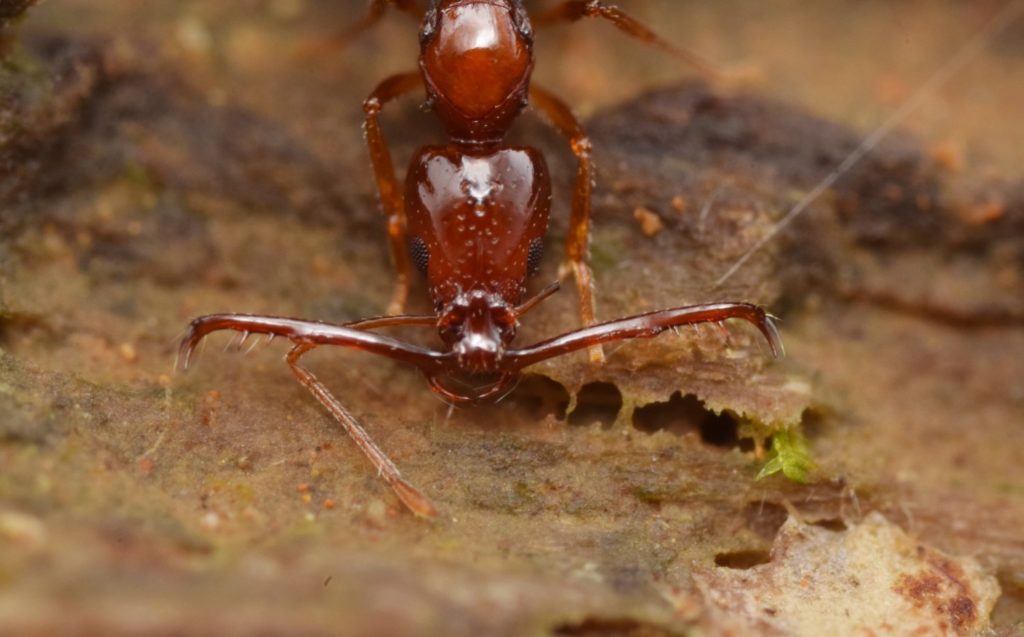
The mandibles of these Strumigenys are like long forceps. Despite the weird shape, they are still able to handle their brood with care.
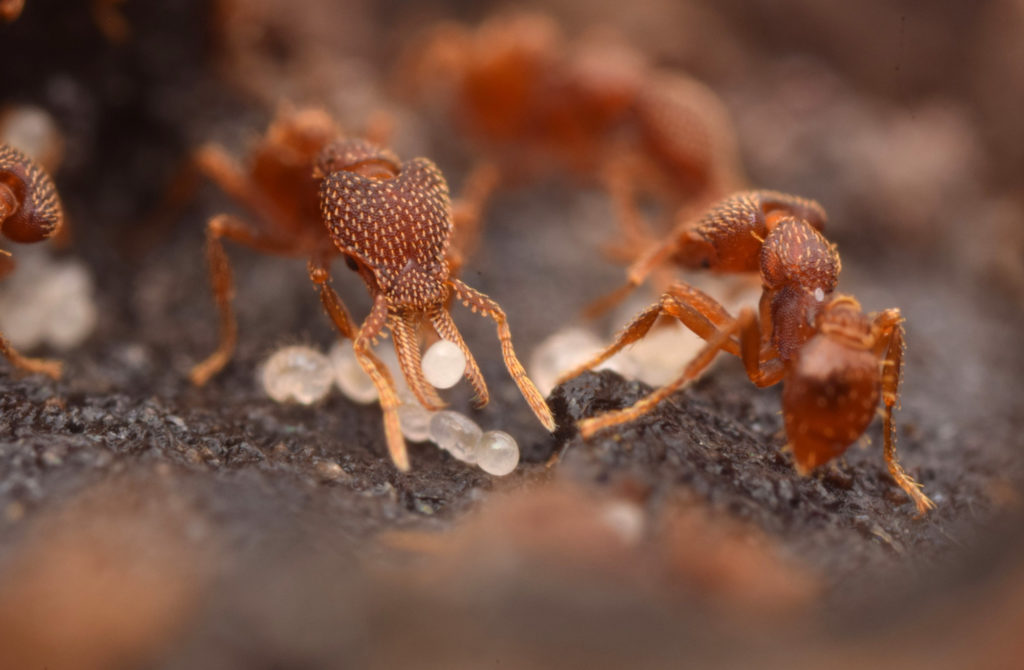
Lenomyrmex foveolatus is one of the weirdest ants of the Canandé. Not much is known about its biology.
Protalaridris
Prionopelta
This Gnamptogenys sp. from the
Hylomyrma is a genus known to live in higher elevations, and this one here is common in the leaf litter above 600 m.
This cute and minute ant is a queen of Discothyrea sp. They are known to specialize on arthropod eggs.
The Canopy
The canopy is one of the most important habitats for ants in tropical rainforests. It is more difficult to access than the leaf litter, however. Recently fallen trees are the best and simplest spot to get an overview of the ants that live there.
Procryptocerus sp. have a strong body armour but are surprisingly fast nonetheless.
Dolichoderus cf. validus builds beautifully woven nests in the canopy. Here, a worker collects the plant fibres necessary for nest construction.
Myrmelachista might be small, but the colonies can grow huge and this depicted species dominated the canopy of a whole tree.
This big orange Megalomyrmex bidentatus is probably the largest Megalomyrmex of the Canandé. Megalomyrmex ants are known for their heavy chemical weaponry (alkaloids!). The nest was located on a large tree trunk between some dead leaves.

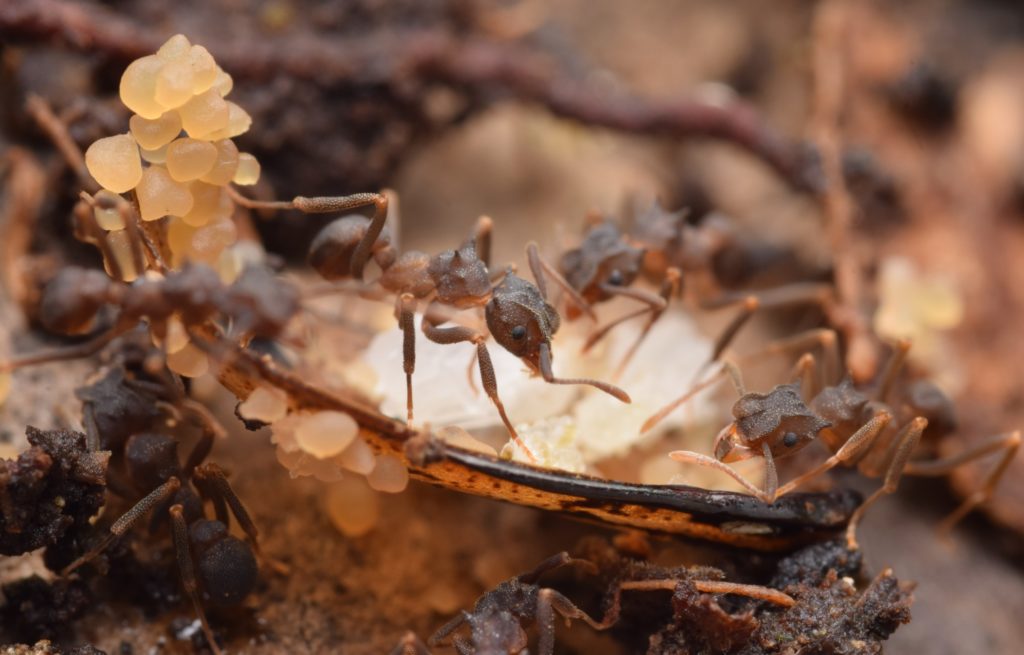


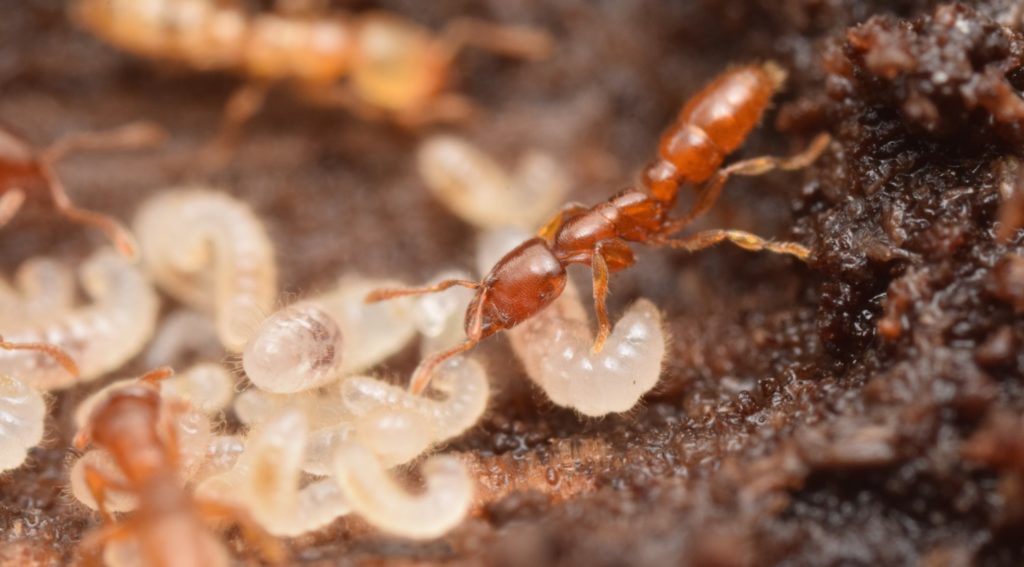

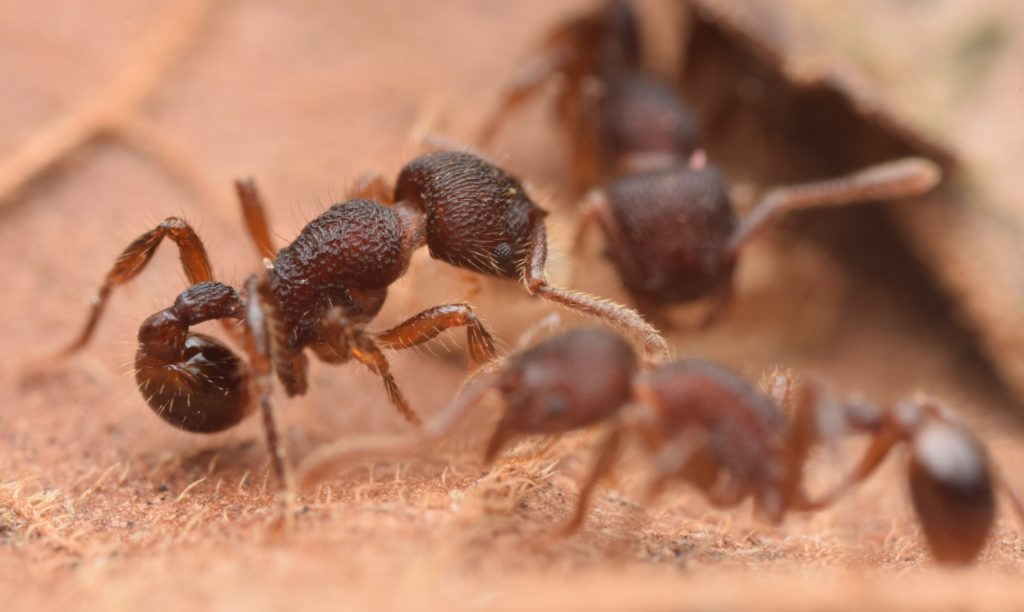
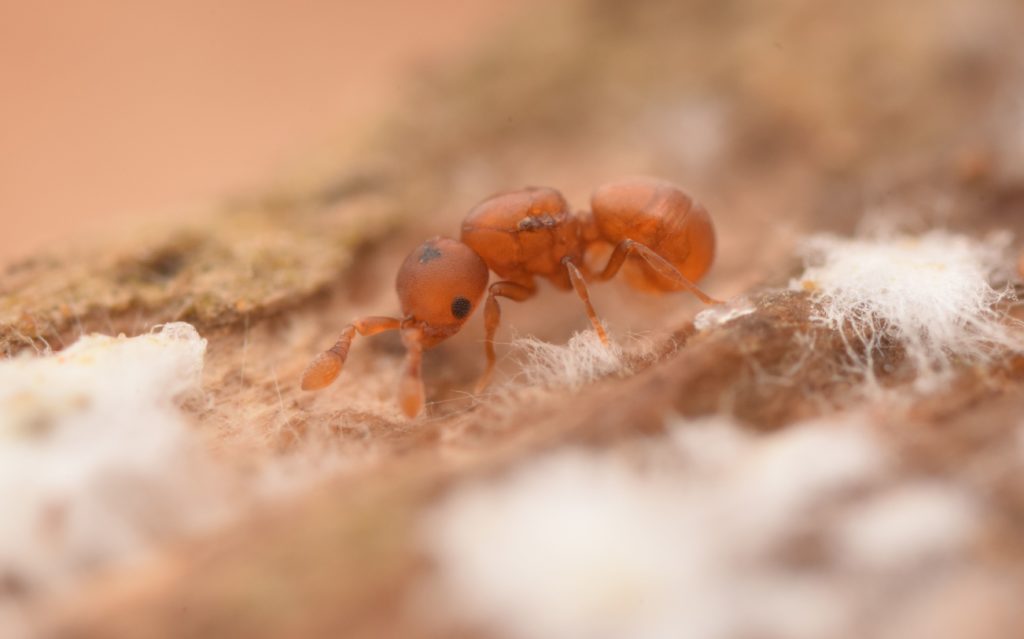


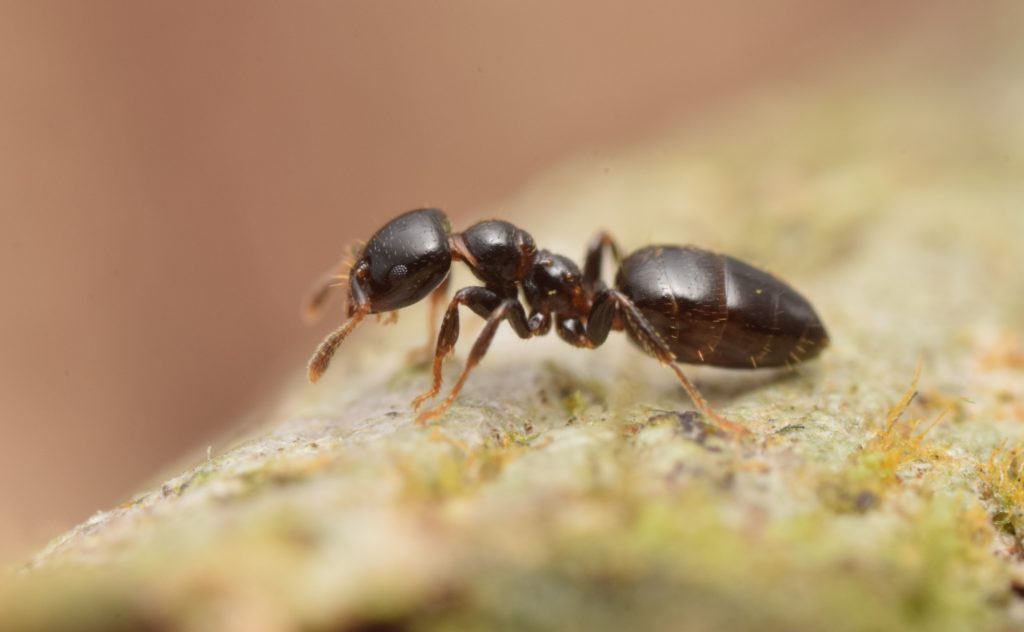



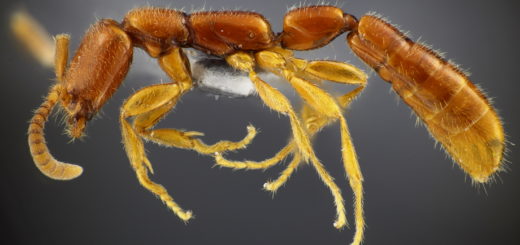
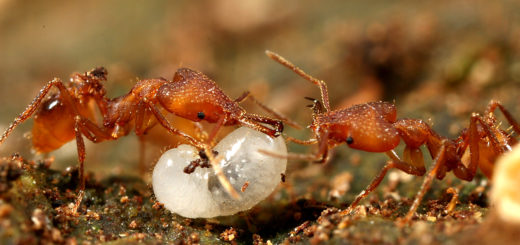
Awesome images and a great tour of a gorgeous part of the world. Made my day. Thank you to the blog staff and to Philip.
Dear Phil Hoenle: I am also a myrmecologist and I know how difficult it is to find some of these ants and even more difficult to photograph the. Keep up the great work. Robert.
Thanks for the write up and those pictures are beautiful. Please to get a clear photograph like this which camera and lens can one use.
Wonderful batch of pictures, Phil. I thoroughly enjoyed this little trip to the Neotropics!